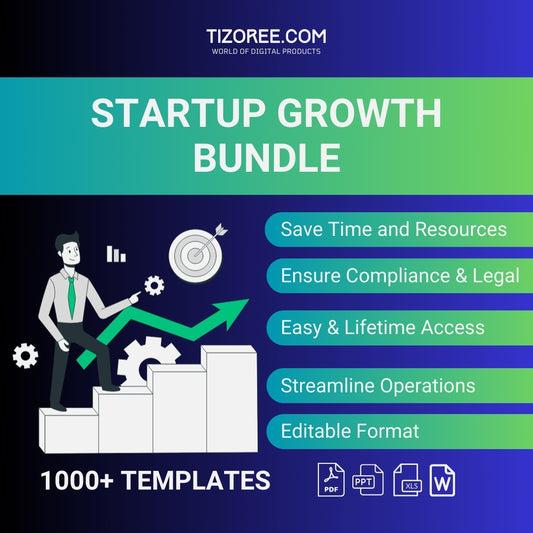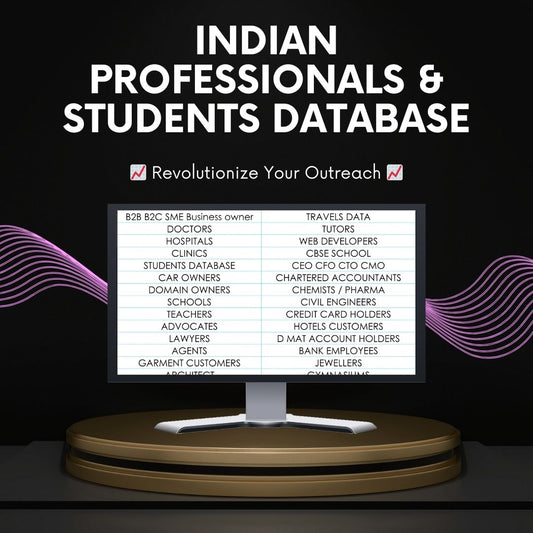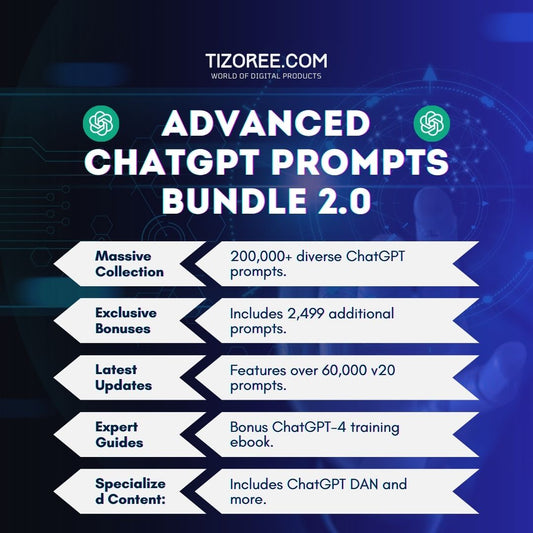Creating an App with ChatGPT: A Step-by-Step Guide
Share
In today's digital world, the ability to create applications has become increasingly accessible. With tools like ChatGPT, anyone can build an app without any coding skills.
This guide will walk you through the process of creating a simple app using ChatGPT, from generating code to turning it into a mobile application. Let's dive in!
Step 1: Brainstorm Your App Idea
The first step in creating your app is coming up with an idea. Think about what kind of app you want to build. For this guide, we will create a simple Todo list app, a practical tool that many people find useful.
Once you have your idea, the next step is to communicate it to ChatGPT. You can easily explain how your app should function and what features it should include. With this information, ChatGPT can generate the necessary code.
Step 2: Generate Code with ChatGPT
Now that you have your app idea, head over to ChatGPT. Enter your app idea and request the HTML, CSS, and JavaScript code for your Todo list app. Within moments, ChatGPT will provide you with the code you need to start building your app.
For example, you might type something like, "Please provide HTML, CSS, and JavaScript code for a Todo list app." The response should include all the necessary components to get started.
Step 3: Test Your Code Using CodePen
To see how your code works, you can use a free online tool called CodePen. Follow these steps:
- Sign up for a free account on CodePen using your Google or email account.
- Once logged in, you will see sections for HTML, CSS, and JavaScript.
- Copy the HTML code from ChatGPT and paste it into the HTML section of CodePen.
- Next, copy the CSS code and paste it into the CSS section.
- Finally, do the same for the JavaScript code.
After entering all three codes, you can view a live preview of your app. Test the functionality by adding tasks to your Todo list.
Step 4: Save Your Code Locally
Once you are satisfied with how your app looks and functions, it's time to save the code to your computer. Here’s how:
- Open Notepad or any text editor.
- Copy the HTML code and paste it into a new Notepad file. Save it as index.html.
- Open another Notepad file for the CSS code, paste it, and save it as style.css.
- Repeat the same process for the JavaScript code, saving it as script.js.
Make sure to save these files in the same folder to ensure your app works correctly.
Step 5: Run Your App Locally
To see your app in action locally, navigate to the folder where you saved your files. Open the index.html file in your web browser. Your Todo list app should now be running locally, allowing you to test its functionality further.
Step 6: Host Your App Online
After testing your app locally, it's time to share it with the world. You will need to host your app online. For this, we will use a service called Tiiny Host. Here’s how to do it:
- Visit the Tiiny Host website.
- Enter a name for your app.
- Compress your app files into a ZIP file. Right-click on your app folder and select "Send to" > "Compressed (zipped) folder."
- Drag and drop the ZIP file onto Tiiny Host.
- Log in with your Google account and complete the necessary fields.
Once uploaded, you can view your live app by clicking the "View Site" button. Now, your app is accessible to anyone with the link!
Step 7: Create an App Icon
An essential part of any app is its icon. You can create a free app icon using Canva. Follow these steps:
- Visit Canva and start a new design with dimensions 52x52 pixels.
- Choose a background color and add shapes or graphics that represent your app.
- Once satisfied with your design, click "Share" and then "Download" to save your icon.
After creating your icon, you might want to remove its background for a cleaner look. Use Photopea, a free online image editor, to do this:
- Open Photopea and upload your icon.
- Select the magic wand tool to remove the background by clicking on it.
- Press delete on your keyboard to remove the background, then export your icon as a PNG file.
Step 8: Convert Your Web App into a Mobile App
With your web app hosted and your icon created, the next step is converting your web app into a mobile app. For this, we will use a tool called Web To App:
- Go to the Web To App website.
- Enter the URL of your hosted app and provide a name for your app.
- Upload your app icon that you created earlier.
- Follow the prompts to register and create your mobile app.
Once completed, download the generated files to your computer. You will receive an APK file, which is the format used for Android apps.
Step 9: Install Your App on Your Mobile Device
To install your newly created app on your mobile device, follow these steps:
- Upload the APK file to Google Drive.
- Open Google Drive on your mobile device and locate the APK file.
- Click on the APK file to download and install it on your device.
After installation, open the app, and you should see your Todo list app running on your phone. Test its functionality to ensure everything works as expected.
Conclusion
Congratulations! You have successfully created an app using ChatGPT without any coding experience. This process demonstrates how accessible app development has become, thanks to AI technology. With just a few simple steps, anyone can create, host, and even convert their web app into a mobile application.
As you explore this exciting journey, consider customizing your app further. The more you experiment, the better your app will become. Share your experience and thoughts in the comments. If you found this guide helpful, give it a like and subscribe for more content on AI and app development!



